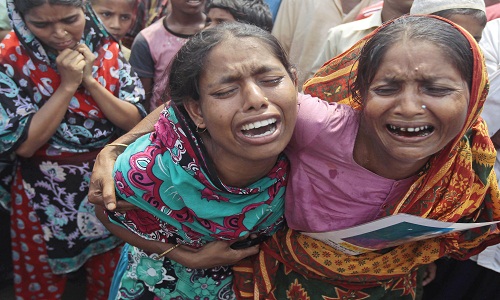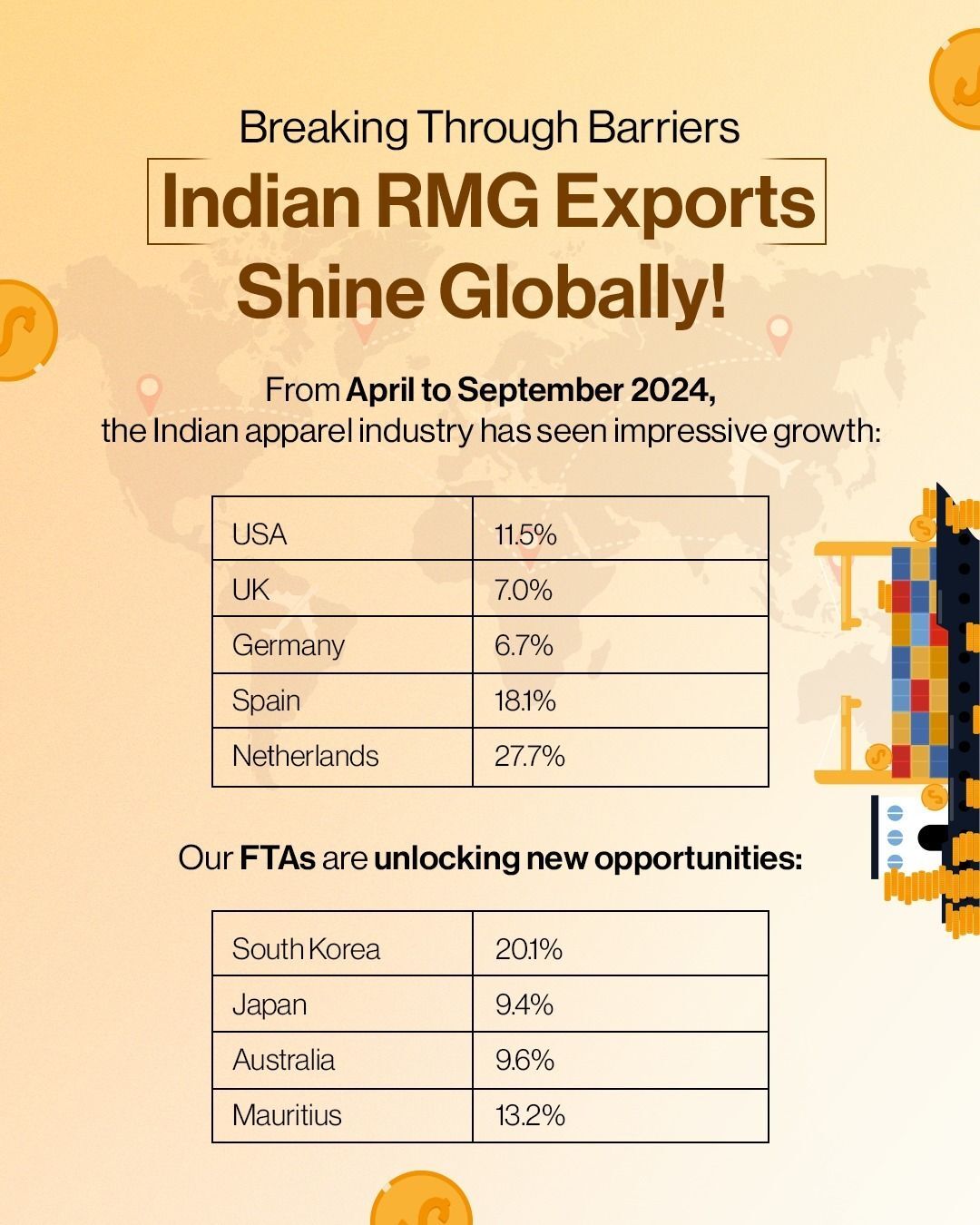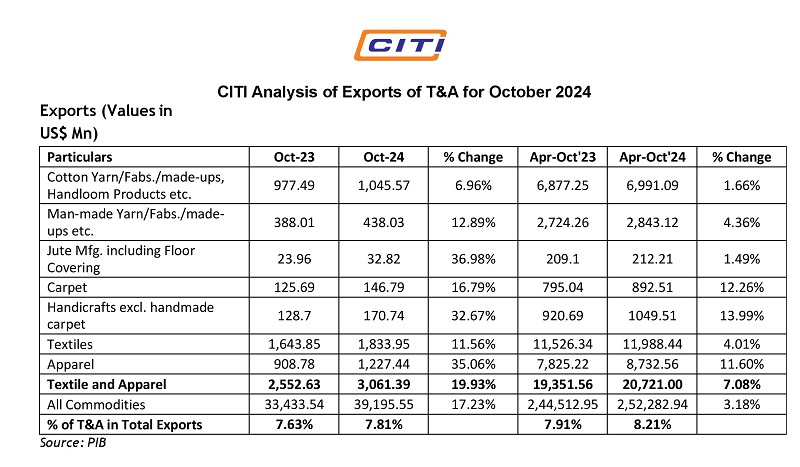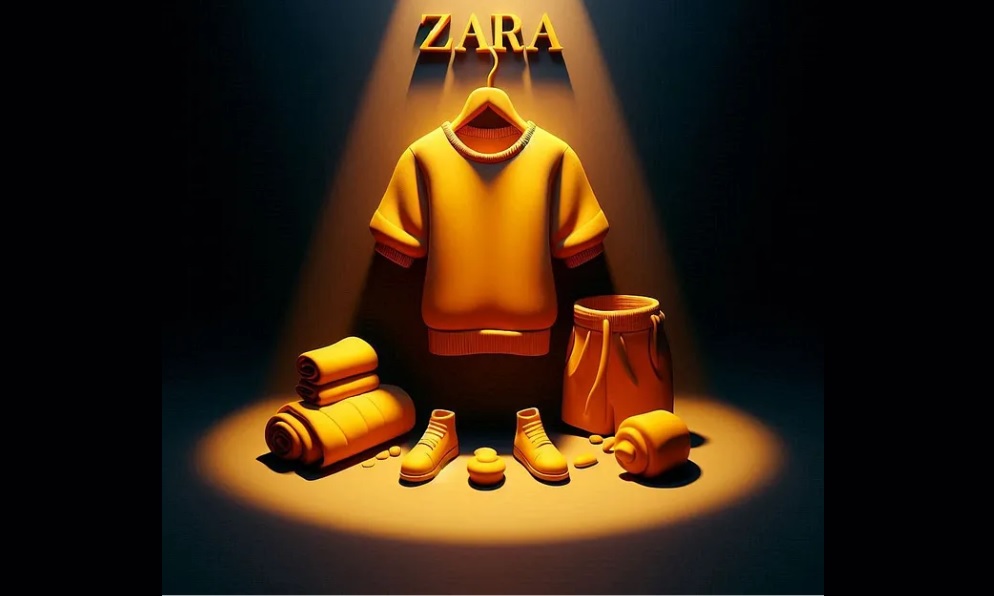"More than trends and new designs, clothes have gotten much cheaper with the rise of ‘fast fashion.’ Today, anyone can chase trends, even on a budget. The ability to buy low-cost clothing is not necessarily a good thing. Here are three reasons why $14 jeans and $25 dresses cost more than one thinks."

The craze for cheap clothes puts a strain on our environment. Moreover, there are several aspects involved in cheap clothes which one may not be aware of. Indeed, the fashion world is changing rapidly. Neon colors, power suits with shoulder pads, and fingerless gloves witnessed in the 80s are forgotten now. The 90s featured Doc Marten boots, butterfly hair clips and babydoll dresses. The early 2000s brought us low-rise pants, blazers, and the first incarnation of the skinny jeans phenomenon.

More than trends and new designs, clothes have gotten much cheaper with the rise of ‘fast fashion.’ Today, anyone can chase trends, even on a budget. The ability to buy low-cost clothing is not necessarily a good thing. Here are three reasons why $14 jeans and $25 dresses cost more than one thinks.
Tragic human aspects
The requirement of incredible manufacturing output made international brands like H&M, Zara, and Gap make arrangements for required stocks. To meet that need, it's much cheaper for clothing retailers to have their garments manufactured overseas. Currently only 2 per cent of clothing for sale in America is made domestically. Manufacturing goods overseas is an exercise of good economics. If factories in Bangladesh or China can make clothes for less than factories in America, it makes sense for companies to use them. However, unsafe and unethical labor practices are major reason for the cheapness of foreign manufacturing.
Even with regular improvements, there has not been sufficient supply chain management to ensure overseas garment workers are not exploited or working in unsafe conditions. The April 2013 Rana Plaza building collapse in Dhaka, which killed over 1,000 people, was partially attributed to the pressure placed on factories housed in the building to complete garment orders on time. Though Rana Plaza had been evacuated the day before the collapse when alarming cracks had appeared in the building, managers ordered factory workers to return to work the next day or lose a month's pay - with tragic results.
Incidentally, the fashion industry came together to improve safety for garment workers in Bangladesh but such an Accord will not do nearly as much as changes in consumer behavior will.
Environmental aspects
Strain on our environment is the other consequence of cheap clothes. Even though cotton and wool are renewable resources, they are finite. Polyester is already the world's dominant clothing textile and that trend can only continue while we treat clothing as disposable. It may seem as though there is an easy way to have fast fashion and ease environmental guilt too - just donate cast offs to charity.
According to a Salvation Army distribution center in New York City, the center processes an average of five tons of garments every day and only chooses 11,200 (pieces) to send out to stores.
Low cost, standard factor
The money made from fast fashion is through rapid turnover. For eg, H&M has new garments coming into the stores almost every day. Once a look premieres on the runway, a fast fashion manufacturer like H&M or Zara can design and produce a knockoff and have it on display in stores worldwide within a few weeks. This situation may be great for fashionista on a budget, but it's tough on the high-end clothing designers and fashion houses.
If high-end manufacturers like Ralph Lauren or Tommy Hilfiger have to speed up their process, generally, there is a six month lag-time between a garment's appearance on the runway and its availability for purchase - it is inevitable that they will have to lower their standards in order to do so.
This affects regular consumers when it becomes impossible to find a dress or slacks that can be hemmed or altered without being destroyed. When all of the ubiquitous clothing choices are disposable, even the high-end ones, then the clothing line in your budget gets bigger, even if individual items are cheap to buy.
Best clothing choices
Clothing is not optional unless you live and work in a remarkably open-minded area. There are several ways to make great clothing choices that don't overload your budget or your conscience. For example, wear what you buy. It is important to invest in high quality clothing because; money spent on high quality clothing can be a better investment. Swapping clothes with friends is another option. A great way to handle issues of changing tastes - is to regularly hold clothing swaps with friends.
Even if your cheap clothing purchases don't hurt your budget in the short term, the long-term costs of fast fashion can be far too expensive. So avoid over spending on cheap clothes.












